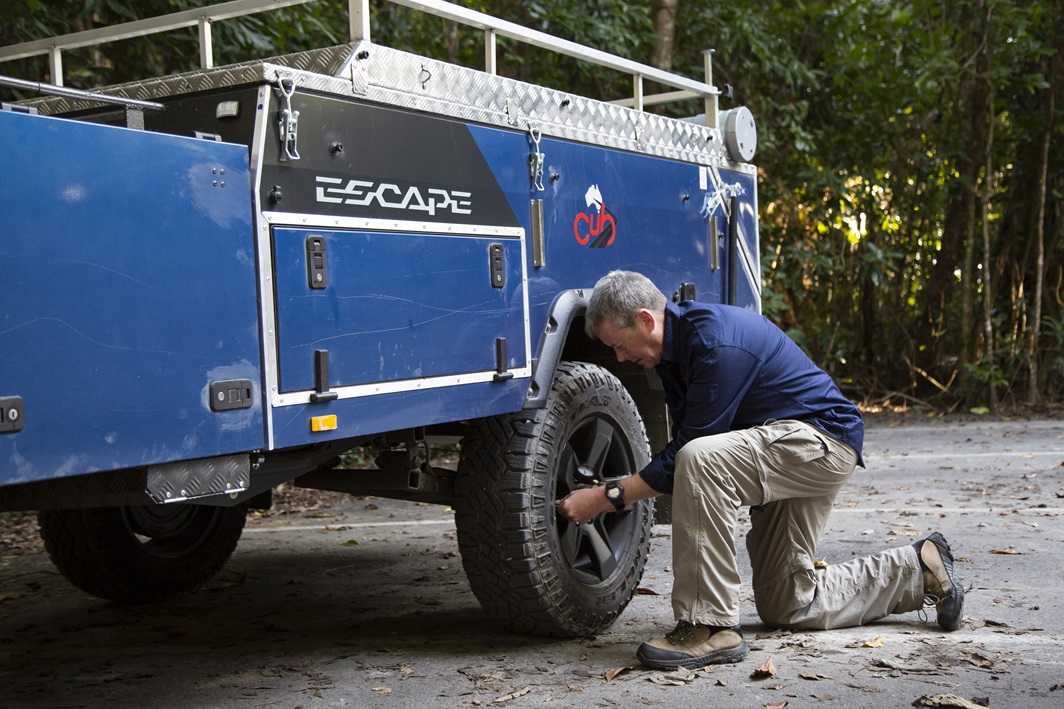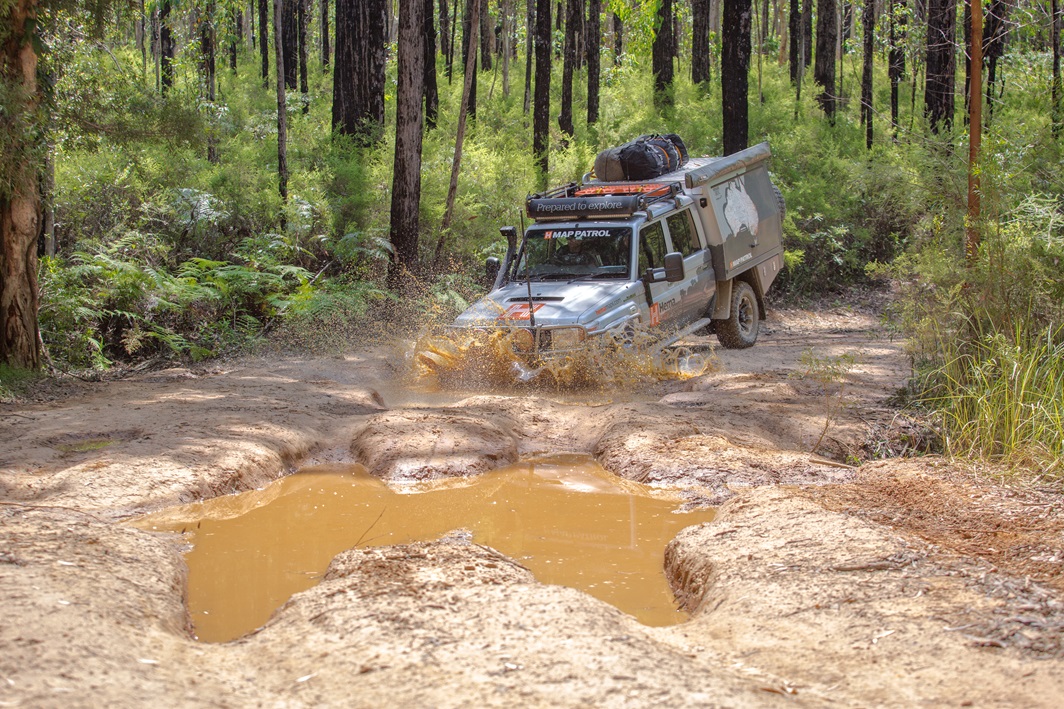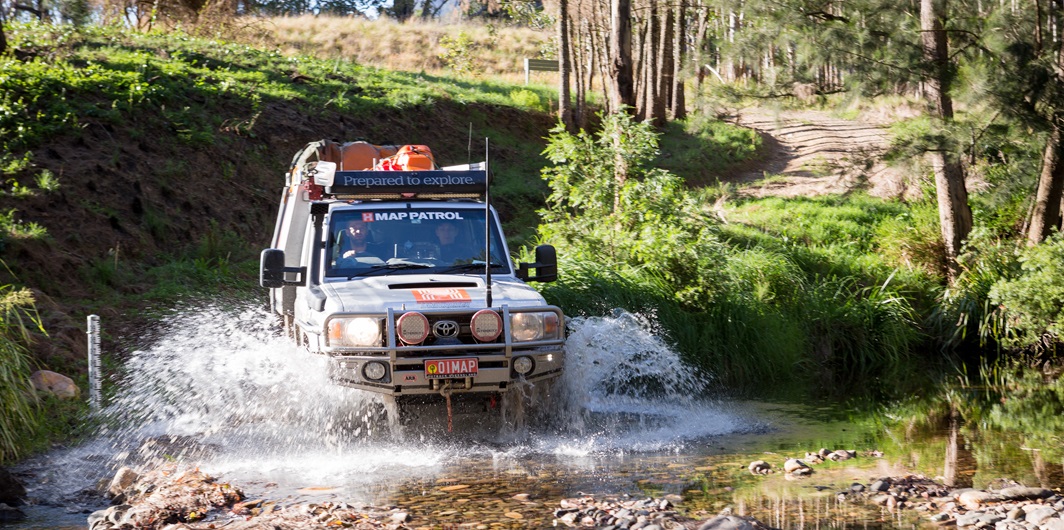Six Common 4WD Misconceptions
As much as we like to think we're that little bit smarter than average, it never hurts to brush up on some of the common mistakes people make just to be on the safe side.
The majority of simple mistakes in four-wheel driving come from two things; first, failure to adapt to the situation and second, overconfidence. There's no shame in taking it slow and double-checking things. In fact, nothing looks more foolish than rushing in headlong, only to end up making a simple mistake through lack of forethought. Indeed, the more experienced a driver becomes, the more cautious they will often be. Why is that? It's because they've seen how easily things can go wrong and what can happen when they do.
Tyre Pressure
If you feel like we've gone on about tyre pressure a lot throughout this book, then you're absolutely correct. No matter how often people hear it, by far the most common reason for recovery is the failure to adjust tyre pressures appropriately. In areas where this is a common problem, you may even be refused assistance if you become bogged as a result of not having dropped your tyre pressures.
 Momentum
Momentum
Going fast is rarely a useful method of conquering a difficult obstacle. Learn to drive in a controlled manner and manage the forces acting on your vehicle. This is especially poignant during water crossings.
Technology
Some self-proclaimed purists will shun modern advancements such as hill descent control as a substitute for good ol' fashioned skill. And some people send letters through the post. If that's your prerogative, then that's perfectly fine, but it's not for everyone. The fact is that modern systems make life easier and they're there to improve our experience. Knowing how and when to use your new-fangled automotive gizmos is a skill in itself and one that shouldn't be shied away from.
 Weather
Weather
Track conditions vary dramatically with weather. Be sure to plan your entire trip according to weather forecasts and stick to it. We all know that a clear morning can give way to a rainy afternoon, and a rainy afternoon can make a slick descent impossible. If that means getting up early to beat the rain, then so be it, it beats spending an afternoon getting bogged in the rain.
Bigger Isn't Always Better
Loading your vehicle up with excessive bars, too many lights and the world's fattest tyres might get you a few extra likes on Instagram, but doesn't always make for the greatest driving experience. Modify for purpose, not for looks. Carefully consider any add-ons by what they are, what you need them for and how they will perform and proceed accordingly. Have an idea of where you're trying to take the vehicle in the long-term and work towards that.
 Going Cheap
Going Cheap
More often than not it's better to wait a bit longer and save for high-quality equipment than saving a few bucks on a cheap one. Do your research to determine why one product is cheaper than the other and ask yourself if it's worth the saving. Cheap gear may not last, it might cause a run-on affect that will render other gear useless and at worst it might be unsafe. Even though there are design rules and laws around off-road mods, some will still be better than others, and if you're buying remotely these rules may not have been taken into consideration. It's so easy to look this kind of stuff up online nowadays that there's really no excuse.









0 comments